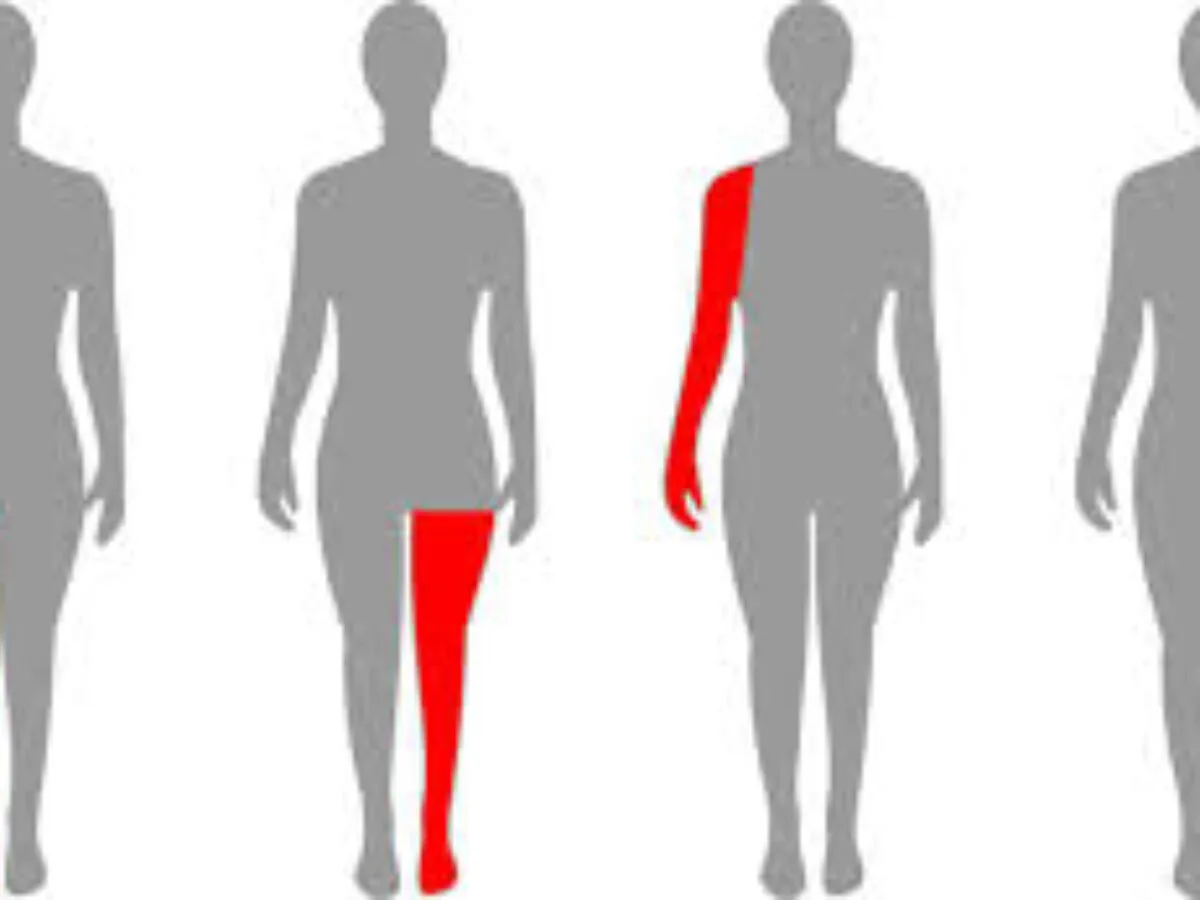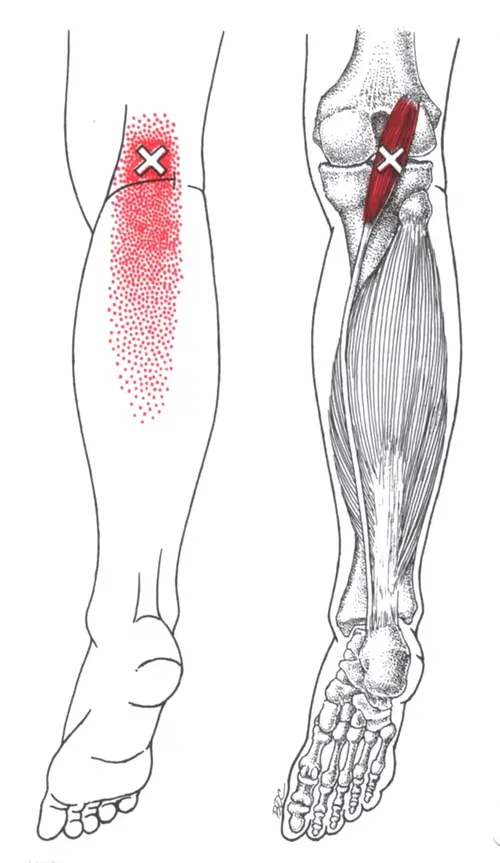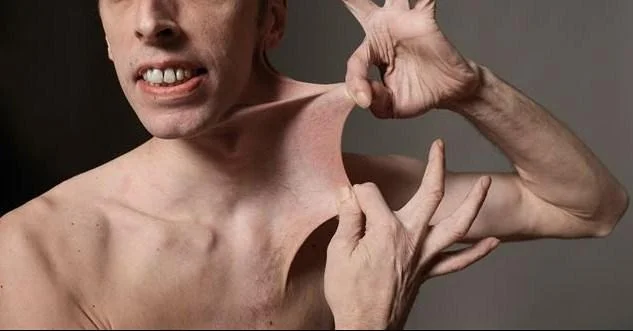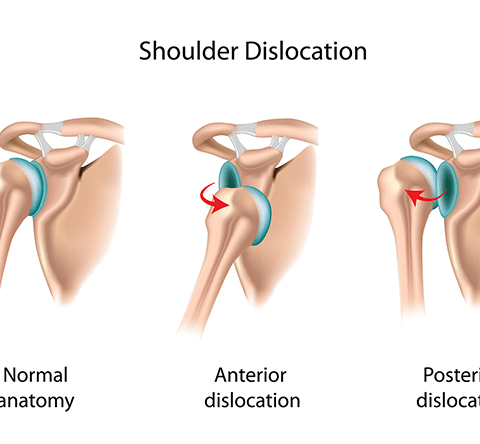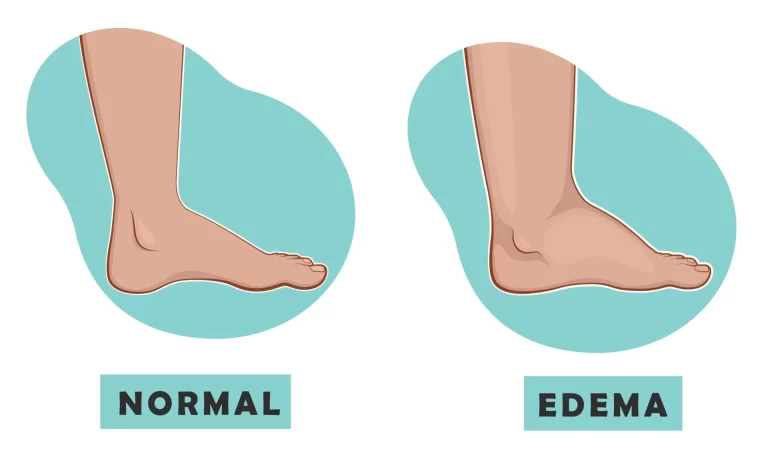Monoplegia
Monoplegia is a kind of paralysis that occurs in only one limb. Monoplegia is generally always caused by cerebral palsy, however a few other medical problems can also cause it.
Because monoplegia is rare, it is still little understood, and research into optimal medications, illness progression, and best practices for supporting patients is still in its early stages.
What is Monoplegia?
- Monoplegia is the paralysis of a single limb, generally the arm, it may also affect one of your legs. It might be a transient or permanent disorder. Sometimes the paralysis is even more circumscribed, affecting only one muscle. Even though this can significantly impair function, the majority of persons with monoplegia can care for themselves, complete everyday duties, and work around their symptoms.
- Monoplegia is considered a promising prognosis for patients with cerebral palsy because it is one of the disease’s most modest symptoms.
- Most persons with monoplegia have a progressive decline in function, beginning with weakness or limpness in the afflicted limb. Over time, the consequences worsen, eventually leading to complete or partial paralysis of the afflicted limb.
What is Spastic Monoplegia?
- A kid may suffer brain injury before birth, during delivery, or even in the early years of life if they have spastic monoplegia. It hinders the proper development of motor skills and makes simple tasks like walking or picking up objects challenging. It is wise to keep in mind that the youngster who has this illness is not going to get better.
- The majority of spastic monoplegia instances are caused by birth abnormalities. However, a medical mistake may also cause it. A newborn that does not receive enough oxygen during the first few minutes of life may develop spastic monoplegia.
- The syndrome may also arise if the infant stays in the delivery canal for an excessive amount of time during labor, if the attending obstetrician utilizes vacuum or forceps extraction inappropriately, or if the umbilical cord emerges from the body before the baby.
Physiology of Monoplegia
- Your body has a vast network of nerves. Your nervous system is responsible for moving your body’s muscles. This includes both voluntary (controllable) and involuntary motions.
- When a component of the nervous system is injured, it might interfere with signaling activity to a muscle or muscle group. This can cause muscular weakness (paresis) or paralysis in the affected region.
- Damage to the neurological system can include the brain, spinal cord, or one or more nerves, and can affect a limb on either the upper or lower half of the body.
Causes of the Monoplegia
Monoplegia is caused by injury to the brain regions that govern the affected area. Spinal cord injury is also occasionally suspected, however, it is more likely to produce other symptoms such as paraplegia or quadriplegia.
Monoplegia is most commonly caused by cerebral palsy. This symptom is so strongly related to cerebral palsy that some doctors consider it a warning indicator of the condition. Rather than being a single condition, cerebral palsy is a collection of connected neurological disorders that often appear early in life.
It is the most prevalent movement condition in children, affecting around 0.2% of all births. CP can be caused by a variety of traumas and diseases, including oxygen deprivation during or soon after birth, toxoplasmosis, rubella, and exposure to high quantities of poisons like mercury.
Cerebral palsy develops in childhood, not in adulthood. Most children with cerebral palsy have additional symptoms, thus people who solely have monoplegia are more likely to have another ailment rather than undiscovered CP.
Other less common reasons include
- Stroke
- Tumors in the brain or spinal cord
- Peripheral nerve compression from herniated discs, Bone spurs, or Tumors.
- Neurological inflammation (neuritis).
- Peripheral neuropathy refers to motor neuron illnesses that affect a single limb, such as monomelic amyotrophy, or autoimmune neurological diseases like multiple sclerosis.
Symptoms of Monoplegia
Monoplegia symptoms can appear unexpectedly, such as after an accident or stroke. The symptoms may also worsen progressively over time as a result of cerebral palsy or a motor neuron disease.
- The primary sign of monoplegia is the inability to move one of your arms or legs.
- Symptoms associated with the afflicted limb may include reduced feeling.
- Muscle stiffness and spasms.
- sensations of numbness or tingling.
- Loss of muscular tone or floppiness.
- Curling of the fingers and toes of the afflicted limb.
What Effect Does Monoplegia Have on the Body?
Monoplegia symptoms are usually restricted to a single limb, however, other cerebral palsy symptoms may also be present. The symptoms of monoplegia are:
- Weakness or limping in one leg that does not appear to be caused by another injury, such as a sprain, strain, or fractured bone.
- Reduced feeling in a single limb. Some patients report experiencing weird “electrical” sensations, pins and needles, or unexplainable discomfort.
- It is the curling of toes or fingers connected to the afflicted limb.
- Difficulty moving the limb, which finally leads to complete paralysis.
- Pain near the limb results from muscular stiffness and lack of control. Some people may have headaches, shoulder discomfort, and other symptoms.
Monoplegia vs Hemiplegia
- Paralysis can be classified as either monoplegia or hemiplegia.
- Monoplegia is defined as the paralysis of a single limb on either the upper or lower body. For example, if you have monoplegia and are unable to use your right arm, you can still move your right leg.
- A single side of the human body is paralyzed in hemiplegia. Either the right or the left side of the body may be affected.
Diagnoses for Monoplegia
Your healthcare professional will evaluate you and inquire about any injuries. For progressive paralysis, you will discuss when you first noticed the condition. To understand more, your healthcare professional may prescribe one or more of the following tests:
- X-rays reveal shattered bones, which might result in nerve harm.
- Imaging examinations, such as a CT scan or MRI, look for evidence of a stroke, brain injury, or spinal cord damage. A whole-body imaging scan reveals bones, muscles, and tissues.
- Myelograms look for spinal cord and nerve damage.
- Electromyography (EMG) measures the electrical activity of nerves and muscles.
- A spinal tap (lumbar puncture) examines spinal fluid for infection, inflammation, and diseases such as multiple sclerosis.
Treatment for the Monoplegia
The causes of monoplegia determine how it is treated. Monoplegia, which is caused by cerebral palsy, might vary or even resolve with time, but cerebral palsy itself has no treatment. CP treatment options include a variety of drugs, physical therapy, surgery, community integration help, biofeedback, and some alternative therapies. Because CP is incurable, numerous potential experimental therapies have appeared in recent years, but the results have been mixed, and no single medication works for all patients.
There is no treatment for paralysis, even monoplegia. Instead, therapy tries to alleviate symptoms while increasing quality of life. Treating the underlying cause of monoplegia is critical. People who suffer from monoplegia for different reasons have a variety of therapy choices. They include:
- Medicine: Monoplegia caused by an infection in the brain or spinal cord, for example, may improve with high-dose antibiotic therapy.
- Physical Therapy: PT can assist in maintaining or improving strength, flexibility, and mobility in the afflicted limb. Stretches, exercises, and massage can be utilized to activate muscles and nerves. Physical therapy trains the brain and spinal cord how to function around the damage. Exercise therapy is used to relieve discomfort in the surrounding region while maintaining as much muscular function and tone as feasible.
- Occupational therapy: It offers many strategies to make it simpler to do everyday chores such as dressing, bathing, and cooking.
- Assistive Devise: Assistive equipment may make daily tasks simpler. Some examples include walkers, wheelchairs, specialized grips and handles, and voice-activated gadgets.
- Psychotherapy: It can help you cope with the problems of living with a handicap. Education of monoplegia and campaigning for disability rights. Participating in support groups.
- Occupational skill training.
- Surgery is used to address anatomical defects.
The Post-Treatment Guidance
The post-treatment guidelines are essential to a patient’s healing process. In most circumstances, a patient can avoid future recurrence of the condition by strictly adhering to the post-treatment protocols. The doctor has created a list of activities known as post-treatment suggestions to help patients maintain their health after therapy is finished. A patient receiving therapy for monoplegia should adhere to the following post-treatment guidelines:
- The patient’s diet needs to be adjusted in a few ways, such as by including more foods high in fatty acids to help reduce muscle inflammation.
- Patients need to consume foods high in vitamin B12 or take medications to supplement their intake, as vitamin B12 helps to improve nervous system functioning.
- It is recommended that patients continue their exercise regimen even after their therapy is over, rather than stopping it suddenly.
Summary
Monoplegia is a kind of paralysis that affects only one limb, often an arm or leg on one side of the body. This occurs when injury to a portion of the neurological system interferes with nerve signaling to the muscles in the afflicted limb. Monoplegia can affect the upper or lower body, or only one arm or leg. Symptoms may begin suddenly or develop gradually over time.
Cerebral palsy is a common cause of monoplegia. However, it may also be caused by an accident or trauma to the brain, spinal cord, or afflicted limb. Monoplegia can occasionally improve with time, but in certain cases, it is permanent. Treatment choices are usually aimed at reducing symptoms and enhancing quality of life.
FAQs
Is hemiplegia different from monoplegia?
Hemiplegia: A condition in which paralysis affects both an arm and a leg on the same side of the body. A monoplegic is unable to move either their arm or leg. Paraplegia is the paralysis of both legs, occasionally the torso as well.
What monoplegia is caused by?
Damage to the areas of the brain responsible for controlling the affected area might result in monoplegia. Spinal cord injury is also occasionally linked to additional symptoms, such as paraplegia or quadriplegia, but this is less common. Monophelia is primarily caused by cerebral palsy.
What is the course of treatment for monoplegia?
Although there isn’t a cure for monoplegia, physical therapy, and counseling are commonly used as therapies to assist restore muscle tone and function. The course of recovery will differ according to whether temporary, partial, or total paralysis is diagnosed
Are the treatment’s effects long-lasting?
When a patient has monoplegia, the treatment’s effects are temporary. If a patient has previously experienced monoplegia, there’s a chance they could have the same issue once more. This condition does not have a long-term remedy. The course of treatment is symptomatic. A patient with monoplegia may recover fully if they only have partial paralysis; however, a full recovery is never feasible if the limb is completely paralyzed.
What other options are there for the treatment?
In addition to the therapy mentioned above, a patient undergoing monoplegia may choose to get acupuncture or acupressure to restore muscular function. Some people choose natural therapies, such as grinding and mixing five to six pieces of garlic with honey to help improve blood flow in the affected area. Using lukewarm kalonji oil to massage the afflicted area is another natural cure.
Does monoplegia permanent?
One limb usually the arm, but it can also affect a leg is affected by monoplegia, a form of paralysis. It may be a transitory condition at times or a permanent one at others.
What makes monoplegia and paresis different from one another?
A mono paresis or monoplegia is the weakness or paralysis of one extremity; hemiparesis or hemiplegia is the weakness or paralysis of one side of the body; paraplegia or paraparesis is the weakness or paralysis of both legs; and quadriparesis or quadriplegia is the weakness or paralysis of all four extremities.
References
- Seladi-Schulman, J., PhD. (2020, January 29). What is monoplegia and how does it affect your body? Healthline. https://www.healthline.com/health/monoplegia#:~:text=Monoplegia%20is%20paralysis%20that%20affects,one%20side%20of%20the%20body.
- Spinalcord.com. (2020, November 12). Monoplegia- causes and top treatments | SpinalCord.com. https://www.spinalcord.com/monoplegia
- Sharma, A. (2024, February 15). Monoplegia causes, treatment, home remedies, and more! Lybrate. https://www.lybrate.com/topic/monoplegia
- What to know about mono paresis. (2017, June 2). WebMD. https://www.webmd.com/brain/what-to-know-about-monoparesis
- Tahsildar, S. (2023, November 12). What is monoplegia, and how does it affect the body? advancephysiotherapy. https://www.advphysiotherapyclinic.com/post/what-is-monoplegia-and-its-effects-on-the-body

